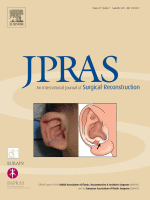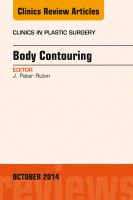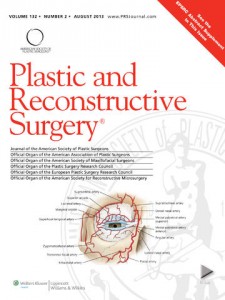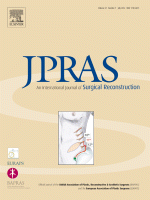Freshwater, M. F.
Journal of Plastic, Reconstructive & Aesthetic Surgery, 2016-09-01, Volúmen 69, Número 9, Pages 1165-1177

All scientific data should be presented with sufficient accuracy and precision so that they can be both analyzed properly and reproduced. Visual data are the foundation upon which plastic surgeons advance knowledge. We use visual data to achieve reproducible results by discerning details of procedures and differences between pre- and post-surgery images.
This review highlights how the presentation of visual data evolved from 1816, when Joseph Carpue published his book on nasal reconstruction to 1916, when Captain Harold Gillies began to treat over 2000 casualties from the Battle of the Somme. It shows the frailties of human nature that led some authors such as Carl von Graefe, Joseph Pancoast and Thomas Mutter to record inaccurate methods or results that could not be reproduced, and what measures other authors such as Eduard Zeis, Johann Dieffenbach, and Gurdon Buck took to affirm the accuracy of their results.
 This patient safety article discusses strategies to prevent, diagnose, and manage complications from body contouring surgery. Preoperative, intraoperative, and postoperative approaches to avoiding, identifying, and treating complications are addressed. Individual complications, such as hematoma, seroma, infection, dehiscence, suture extrusion, deep venous thrombosis, and pulmonary embolism are discussed and a review of complication rates in the body contouring literature is provided. The article addresses procedure-specific complications and pearls to avoiding complications in these cases. Difficult problems such as skin relaxation and management of the disappointed patient are also discussed.
This patient safety article discusses strategies to prevent, diagnose, and manage complications from body contouring surgery. Preoperative, intraoperative, and postoperative approaches to avoiding, identifying, and treating complications are addressed. Individual complications, such as hematoma, seroma, infection, dehiscence, suture extrusion, deep venous thrombosis, and pulmonary embolism are discussed and a review of complication rates in the body contouring literature is provided. The article addresses procedure-specific complications and pearls to avoiding complications in these cases. Difficult problems such as skin relaxation and management of the disappointed patient are also discussed.
 Numerous surgical techniques exist for gynaecomastia treatment. Although ultrasound-assisted liposuction (UAL) is thought to be more effective than conventional liposuction, to date there remains no objective and direct comparison of the two modalities. Hence, a comparative study was performed of a single surgeon’s experience over 13 years using two definitive parameters, namely intraoperative conversion to open excision and postoperative revisional surgery rates.
Numerous surgical techniques exist for gynaecomastia treatment. Although ultrasound-assisted liposuction (UAL) is thought to be more effective than conventional liposuction, to date there remains no objective and direct comparison of the two modalities. Hence, a comparative study was performed of a single surgeon’s experience over 13 years using two definitive parameters, namely intraoperative conversion to open excision and postoperative revisional surgery rates.





 Sitio web publicado el
Sitio web publicado el
Los lectores comentan